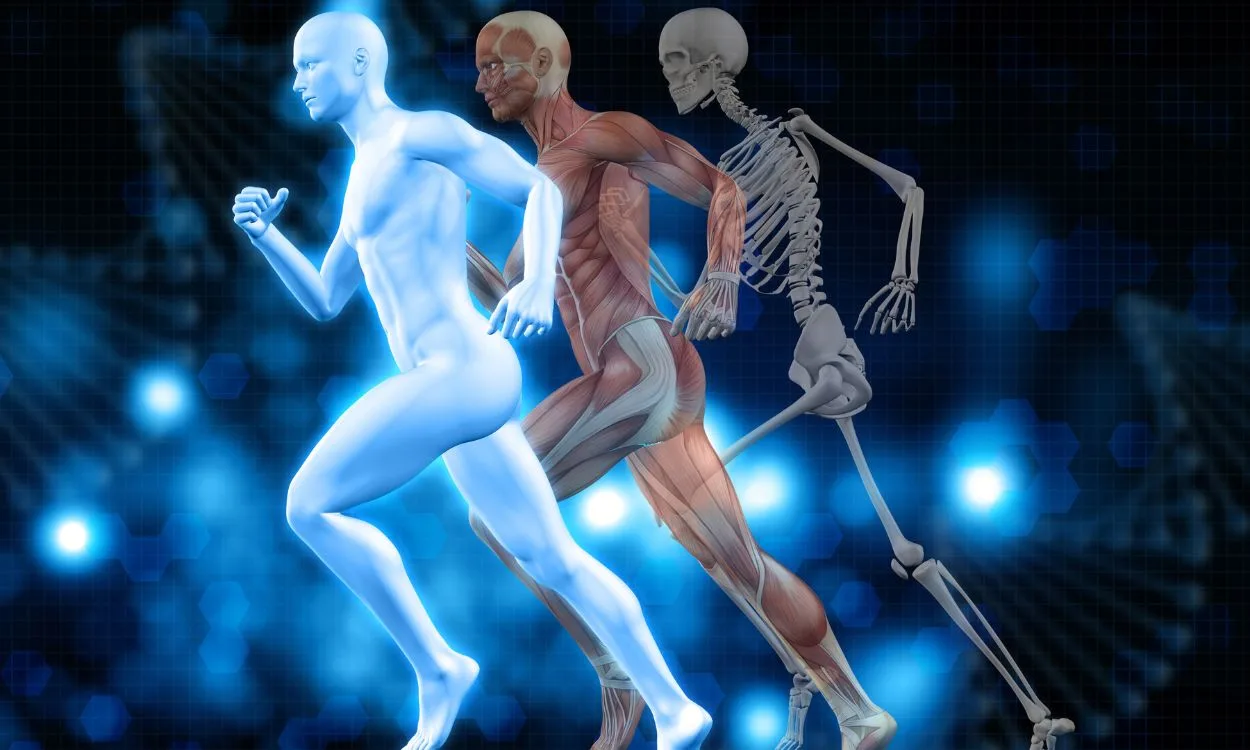How does genetics play a role in developing an athletic body?
Genetics is a fascinating field that explores the inheritable traits and characteristics passed down from generation to generation. When it comes to athleticism, genetics can play a significant role in determining an individual’s athletic potential. Here’s a detailed look at how genetics influence the development of an athletic body:
- Muscle Fiber Composition: One of the key genetic factors that influence athletic performance is muscle fiber composition. There are two main types of muscle fibers: slow-twitch (Type I) and fast-twitch (Type II). Slow-twitch fibers are more suited for endurance activities, while fast-twitch fibers are better for explosive movements. Genetic variations can determine the proportion of each type of muscle fiber an individual possesses, which can affect their performance in different sports.
- VO2 Max: VO2 max refers to the maximum amount of oxygen an individual can utilize during intense exercise. It is a strong predictor of endurance performance. Genetic factors, such as the size and efficiency of the heart and lungs, can influence an individual’s VO2 max potential. Certain genetic variations can enhance oxygen-carrying capacity, allowing athletes to excel in endurance-based sports like long-distance running or cycling.
- Muscle Strength and Power: Genetic variations can also impact an individual’s muscle strength and power. Genes related to muscle structure, muscle fiber size, and muscle contraction speed can influence an individual’s ability to generate force and power during explosive movements, such as sprinting, jumping, or weightlifting. These genetic variations can determine an individual’s predisposition to excel in power-based sports like sprinting, jumping, or throwing.
- Body Composition: Genetic factors can also influence an individual’s body composition, including factors like muscle mass, bone density, and fat distribution. Some people may have a genetic predisposition to naturally maintain a leaner physique or build muscle more easily. These genetic variations can affect an individual’s athletic potential and performance in sports that require a specific body composition, such as bodybuilding or gymnastics.
- Injury Risk: Certain genetic variations can also influence an individual’s susceptibility to certain injuries. For example, variations in genes related to tendon and ligament strength or collagen structure can impact an individual’s risk of developing injuries like tendonitis or ligament tears. Understanding these genetic factors can help athletes tailor their training and take preventative measures to reduce the risk of injury.
It’s important to note that while genetics can play a significant role in athletic performance, they are not the sole determining factor. Environmental factors, training, nutrition, and lifestyle choices also play critical roles in achieving athletic success. However, understanding the genetic component can provide valuable insights into an individual’s predispositions and help them optimize their training and performance.
Now that we’ve explored how genetics influence the development of an athletic body, let’s dive into how Fitpaa can help individuals achieve their health and fitness goals.









